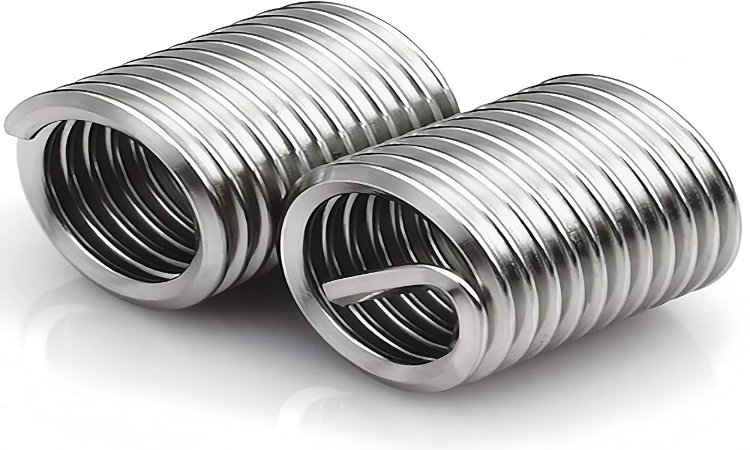
A bright, balanced smile often elevates confidence and positively impacts interactions in professional and personal settings. When teeth are affected by discoloration, chips, or other imperfections, veneers offer a reliable solution for enhancing appearance while maintaining functionality. Understanding this option and its role in cosmetic dentistry helps dentists provide informed recommendations for patients seeking aesthetic improvements.
What Are Veneers and How Do They Work?
Veneers are thin, custom-designed shells bonded to the surface of teeth. Dentists often use porcelain or composite resin to create them due to their durability and ability to mimic the natural look and feel of enamel. These shells are created to align with the desired size, shape, and color of the teeth and blend well with the surrounding smile.
The application process starts with preparing the teeth. This typically involves removing a small portion of enamel to allow the veneer to sit evenly. After impressions are taken, technicians create veneers in a dental lab or in the office, depending on the system used. Once they’re ready, dentists bond them to the prepared teeth using a strong adhesive. The process is completed with adjustments to help patients obtain the desired look.
What Are Common Cosmetic Issues Veneers Address?
Discoloration remains one of the most common reasons patients seek veneers. Professional whitening treatments often fail to achieve desired results for intrinsic stains caused by medication or trauma. Veneers successfully mask these deep stains and restore a luminous appearance.
Patients with misaligned, chipped, or unevenly shaped teeth typically benefit from veneers. While generally minor, misalignments interfere with symmetry and balance. This option offers a straightforward solution to adjust the appearance without requiring orthodontic treatment. Similarly, chips or irregular shapes are easily concealed, creating the illusion of uniformity.
Gaps between teeth frequently motivate patients to seek treatment. While orthodontic procedures may close gaps, veneers resolve minor spacing issues quickly. Because they cover the front side of teeth, they provide aesthetic improvements without altering overall structural alignment.
How Can Veneers Transform Your Smile?
The process of applying veneers transforms smiles by adding symmetry and vibrancy. Customization is a central part of the process, allowing dentists to tailor to each patient’s unique needs. Patients seeking whiter, straighter teeth benefit from minimal disruption to their natural look.
The translucency of porcelain enhances this effect, mimicking the way natural enamel reflects light. This quality delivers results that appear authentic while addressing imperfections. Porcelain also allows for the refinement of the contour of teeth, helping patients achieve their desired smile shape.
Durability is another factor in the transformation process. When applied and maintained properly, high-quality veneers withstand the demands of daily use. Loyalty to proper oral hygiene practices extends longevity, allowing patients to enjoy a bright, confident smile.
Also Read: When Smiles Align: The Hidden Toll of Misaligned Teeth on Your Health
Enhance Self-Confidence Through a Brighter Smile
Veneers are a simple way to achieve a polished, balanced smile. They address issues like discoloration, chips, or misalignment, offering a customizable solution for aesthetic improvements. Made from durable materials, veneers look natural and, with proper care, can last for years. Consult with a dentist who offers veneers to see how they help patients meet their goals while improving oral health and boosting confidence.








